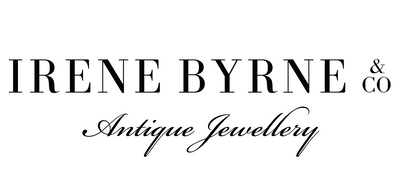Love this piece but need more time? Secure it now by getting in contact with us or click on the Chat to set up your Lay-by TODAY!


Love this piece but need more time? Secure it now by getting in contact with us or click on the Chat to set up your Lay-by TODAY!